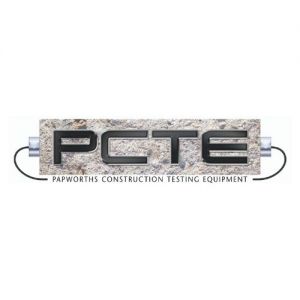How to find the best concrete compression test equipment?Posted by PCTE on July 4th, 2022 A compression test is applied to a specific material sample to understand its response to a compressing or crushing force. That test will show a material's malleability, ductility, and plastic flow. We often create large structures using concrete that must withstand heavy loads constantly. Thus, concrete compression test becomes necessary. The legal systems for various nations set standards for compressed concrete before usage must meet. The results must show that the concrete sample has the right strength for a particular planned structure. The more stress and strain the concrete material can handle under a load, the better its performance.
Here's what you need to consider so you can make the best choice of concrete compression test equipment:
1. The right way to begin is to be sure about your sample specimen. Know your sample type (cylinders/beams/cubes/prisms/etc.), the correct sizes, and the different strengths. Pay attention to the desired type of hydraulics. 2. Equipment must meet the recommended rigidity standards of relevant organisations like AASHTO or ASTM. Frames must ensure that risks of explosive failures are minimised, a material can be uniformly loaded, and it has appropriate vertical and horizontal stiffness. Look out for the warning labels on the frame to adhere to the max extension instructions. 3. Pre-plan your way through the anticipated data. There is trial and error for a new shape, size, or material. This step must include how you will collect and distribute the values and what equipment you might need to calculate and record data to present statistics. Tests performed for regular monitoring might require a fixed procedure, equipment, and a set log template. 4. Once you feel settled with your equipment, there is still more scope. Several adaptive accessories can be added to your testing equipment to increase its capacity. Thus, range of testing materials and accuracy can be enhanced. Just ensure that a few changes that the equipment needs to undergo are possible before making a new investment. 5. There are several concrete compression test machines out there. It is vital to select what suits you the best. This will ask for a good amount of research and a prior understanding of your requirement, plan available resources, and purchase power. Ones with larger load capacities, more than one loading frame, or even added control consoles are available.
If you adhere to industry standards, suit your specimen type for analysis, and maintain quality, you will have the right concrete compression test equipment for your lab.
About the Author: PCTE supplies a range of equipment from around the world to offer you a one stop shop with all of the latest equipment. Concrete Non-Destructive Testing (NDT) comprises testing a property of concrete, largely without damaging the concrete to assess some parameter that either directly or indirectly provides a required characteristic of the concrete or its embedment. For more details, you can contact us on the website. Like it? Share it!More by this author |


